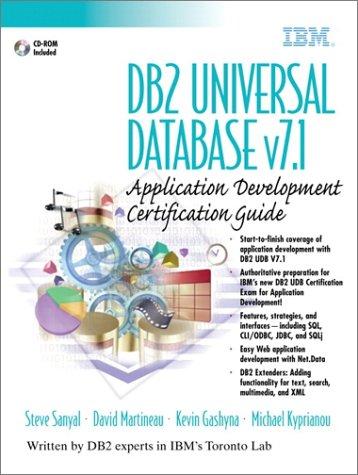Question
How I can show that the expected number of checks for equality is (N) since it is linear time? Here is the problem to reference:
How I can show that the expected number of checks for equality is (N) since it is linear time?
Here is the problem to reference: You are given an array of size N, where an element has a higher frequency than any other element in the array. Specifically, that element occurs at least N/2+1 times. You are not allowed to compare elements in the array, however you are allowed to check if any two elements are equal. You are to design a randomized algorithm that returns the element with the highest frequency in such an array in linear time.
a) Complete the following pseudo-code to accomplish this task. (20 points) HighestFrequencyElement(Input: array A of length N) While True i = random(1,N) // chooses a random number between 1 and N
Answer to A is on Chegg - https://www.chegg.com/homework-help/questions-and-answers/given-array-size-n-element-higher-frequency-element-array-specifically-element-occurs-leas-q27268521
Step by Step Solution
There are 3 Steps involved in it
Step: 1

Get Instant Access to Expert-Tailored Solutions
See step-by-step solutions with expert insights and AI powered tools for academic success
Step: 2

Step: 3

Ace Your Homework with AI
Get the answers you need in no time with our AI-driven, step-by-step assistance
Get Started


